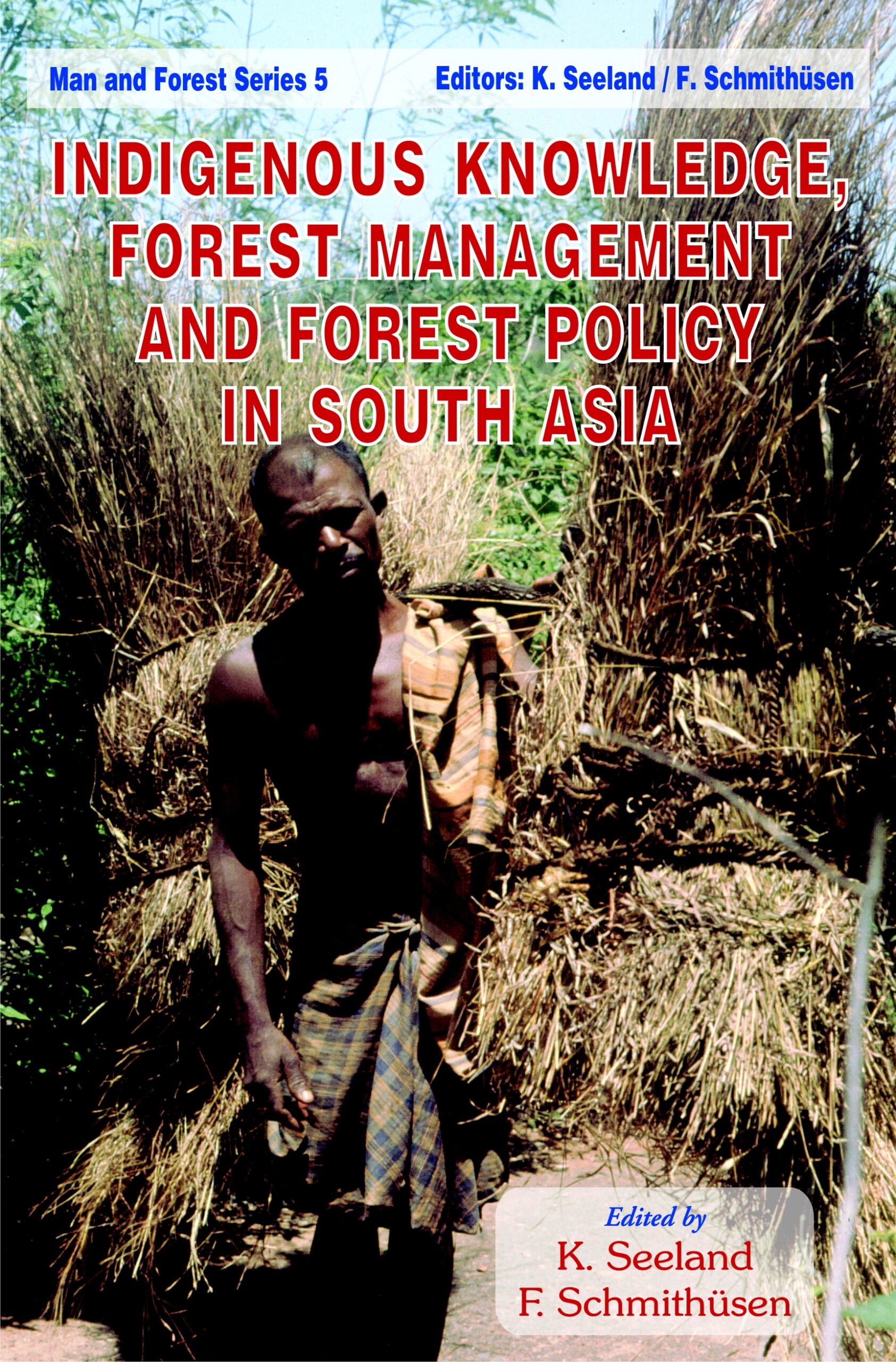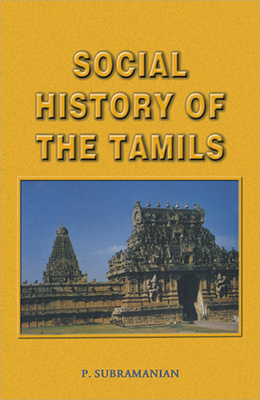-


Forest Tribes of Ori...
Forest Tribes of Orissa Vol. 4: The Hill Bhuinya of Kendujhar
Lifestyle and Social Conditions of Selected Orissan Tribes by: Klaus Seeland , Franz Schmithusen , Nityananda Patnaik , B.P. Choudhury , A. Rath , P.K. Senapati , D.B. Giri , M. Mishra , P. Mohanty , Mihir K. JenaThis book is the result of a detailed study on the forest/hill-dwelling tribes of the Bhuinya of the Bhuinyapirh. It helps in understanding how the Bhuinya perceive their ecosystem; how their sociocultural life is interwoven with the forests and other elements of their ecosystem; their management systems for upkeeping it against the backdrop of a considerable depletion of biodiversity during the latter part of the twentieth century.
₹1,080.00
ISBN: 9788124608258
Year Of Publication: 2015
Edition: 1st
Pages : xxvi, 278
Bibliographic Details : Bibliography, Index
Language : English
Binding : Hardcover
Publisher: D.K. Printworld Pvt. Ltd.
Size: 23
Weight: 650
Forests, a precious renewable resource, are habitats of many aborigines and treasure houses of a large number of flora and fauna. Any distortion to them imbalances the life of their inhabitants. Man and Forest series highlights the relevance of indigenous knowledge systems of various South Asian tribal communities in the sustainable management of local resources/forests. Here comes the importance of making a scientific enquiry into the application of indigenous tribal knowledge in rediscovering their methods of production, consumption and conservation, against the all-pervading impact of modernity and the ever-increasing demand for an unbridled use of natural resources.
This monograph The Hill Bhuinya of Kendujhar is the eighth in the Man and Forest series and fourth in the Forest Tribes of Orissa: Lifestyle and Social Conditions of Selected Orissan Tribes. It helps in understanding how the Bhuinya perceive their ecosystem; how their sociocultural life is interwoven with the forests and other elements of their ecosystem; their management systems for upkeeping it; and the role their indigenous knowledge plays in their production, consumption and conservation practices, against the backdrop of a considerable depletion of biodiversity during the latter part of the twentieth century.
This book is the result of a detailed study on the forest/hill-dwelling tribe of the Bhuinya of Bhuinyapirh in Banspal Block, Kendujhar District, Odisha since 1996 by a team of anthropologists, ethnosociologists, botanists and ethnobotanists. It was critically revised and analysed, using authentic methods due to changes in the state and central government policies, recently.
Foreword
Preface
Acknowledgement
Abbreviations
List of Captions
The Hill Bhuinya of Kendujhar
Introduction
Methodology
1. The Habitat of the Pauri Bhuinya
History and Origin
Topography
Rainfall/Temperature
Forests
Agriculture
Mining and Industries
Communication
Tribal Life and Culture in Kendujhar District
The Bhuinya Tribe and Special Features
Household Appliances, Body Adornment and Food
Life Cycle
2. Social Organization
Family
Lineage
Youth Organization
Political Organization
Constitution of the Bhuinya Society
Daily Life
Economic Life
Agricultural Implements
Division of Labour
Hunting and Food Gathering
Hunting and Trapping Implements
Food Gathering
Basketry
Broom and Mat Making
Fishing
Animal Husbandry
System and Transaction
3. Religious Universe
Bhuinya Pantheon
Bhuinya Rituals and Festivals in a Calendar Year
Ritual Functionaries
Shaman Apprenticeship
4. Biodiversity, Natural Resources and Indigenous Knowledge
Biodiversity of Wild Plants
Flora of Bhuinyapirh and Adjoining Regions
Flowering Plants
Ferns
Bryophytes
Life Cycle and Changes of Plants
Plants in Indigenous Uses
Fauna of Bhuinyapirh
Wild and Domesticated Animals of the (Bhuinya) Locality
Avifauna
Genetic Erosion of Plants
Crop Diversity
Pattern of Cropping in Swidden, Upland, Wetland, Backyard and Homestead Lands
List of Cultivated Plants
Different Types of Cultivated Oryza sativa L.
List of Local Varieties of Paddy
Pulses
Vegetables
Oil Seeds
Spices
Fumatories and Masticatories
Genetic Erosion of Crop Plants
Conservation Practices
Plants Used for Various Purposes
Food Plants
5. Ethno-Ecological Classifications
Categorization of the Land
Denomination of Hills
Classification of Hills
Classification of Land
Classification of Land on the Basis of Availability of Water
Classification of Land by Process
Names of a Few Streams
Nomenclature of Different Parts of a River
Categorization of Soil
Categories of Soil (According to Its Water Content)
Categorization of Forest
Nomenclature of Forests
Categorization of Vegetational Succession
Nomenclature of Plants
Differentiation of Species as Determined by the Tribe
Classification of Roads
Categorization of Seasons
Nomenclature of Birds and Other Animals
Categories of Mangoes
6. Ethno-Biological Uses
Uses of Wild Plants
Plant Utility for Different Purposes by the Bhuinya
Plants or Plant Products Commercially Used
Fuelwood Consumption by the People of Tuladihi Village
Utility of Animals and Animal Parts
Quantity of Fuel Consumption (Estimated)
Animal Medicine
Plant and Animal Use in Bhuinya Health Care
7. Ecological Anthropology
Culture and Environment
Cultural Ecology and Anthropology
Gramsiri and Sacred Groves
Conservation Practice
Oral Tradition and Environmental Knowledge
8. Indigenous People and Forest Management
Indigenous Knowledge, Religious and Land Use Practices
Chronolgy of Indian Forest Policy and the Consideration of Tribal Usufruct
Rights of Forests and Forest Resources
Appendix : A List of Plants/Trees Most Common in Bhuinyapirh
Bibliography













